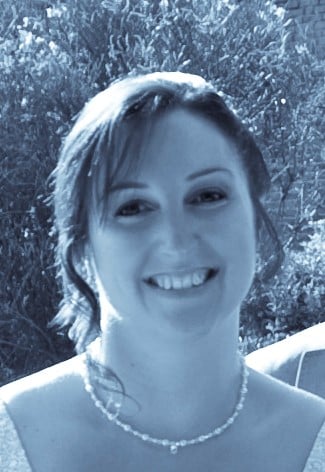Narrative Writing Model Answer (Edexcel IGCSE English Language A) : Revision Note
Narrative Writing Model Answer
In Section B of Paper 2, you will be given the choice of three titles or tasks. Questions 3 and 4 will specifically ask you to “write a story”. This is narrative writing. In addition, you may use one of the two images you are provided with on the exam paper as a prompt for Question 4. While narrative writing will contain elements of description, and vice versa, it is important to be aware that there is a distinction between the two styles of writing and you must shape your responses accordingly. You should therefore consider all three choices before selecting the one you feel will best allow you to demonstrate your skills as a writer.
The following guide will provide you with a narrative writing model answer. It is divided into:
Planning your narrative writing
Narrative writing model answer
Top tips for narrative writing
Planning your narrative writing
Once you have decided on your choice of task from the options, you should spend 5–10 minutes planning your writing.
Let’s take this writing task as an example:
“Write a story with the title ‘Everything Had Changed’”
We can use a five-part narrative structure to plan our response:
Step 1 | Exposition/setting |
|
Step 2 | Rising action |
|
Step 3 | Climax |
|
Step 4 | Falling action |
|
Step 5 | Resolution |
|
Narrative writing model answer
The following model answer demonstrates a top-mark response to the above task:
Everything Had Changed
|
Top tips for narrative writing
Remember, plan the order and “flow” of your story
Stick to one setting and no more than two main characters
Vary your sentence and paragraph lengths
Employ imagery and literary devices to bring your story to life
Use indirect characterisation to make your characters realistic and believable
Consider your story as a “scene” in a film:
It is not necessary to know everything about your characters
It is better to immerse the reader with vivid “showing” techniques, such as sensory imagery and interesting vocabulary
Write with technical accuracy

You've read 0 of your 5 free revision notes this week
Unlock more, it's free!
Did this page help you?

